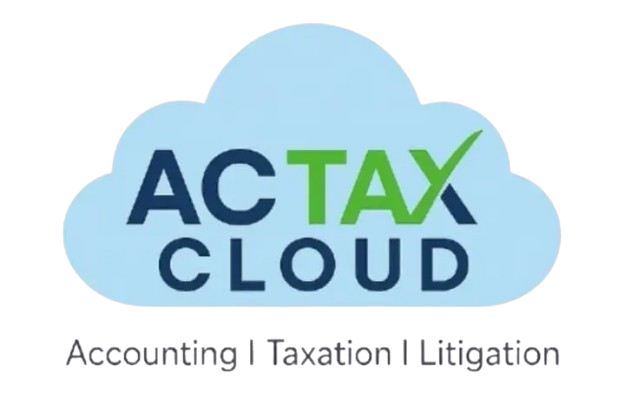A Guide to U.S. Federal Individual Tax Forms: Everything You Need to Know
Filing federal income taxes in the U.S. can be daunting, but understanding the key tax forms can make the process smoother. Here’s a breakdown of the most common forms and their purposes.
1. Form 1040: The Core of Individual Tax Filing
The Form 1040 is the standard form for reporting personal income to the IRS. It includes sections for income, deductions, credits, and tax liability. There are different versions of Form 1040:
- 1040: For most taxpayers
- 1040-SR: Designed for seniors (65+), featuring larger print and simplified layouts.
- 1040-NR: For nonresident aliens.
Key attachments for Form 1040:
- Schedule 1: Reports additional income like unemployment, capital gains, and student loan interest deductions.
- Schedule 2: Covers additional taxes like the alternative minimum tax (AMT).
- Schedule 3: Includes nonrefundable credits such as foreign tax credit and education credits.
2. W-2: Wage and Tax Statement
Employers issue the W-2 form to employees, summarizing annual wages and tax withholdings. It is essential for completing Form 1040.
3. 1099 Series: Reporting Other Income
The 1099 series covers various types of income not reported on a W-2:
- 1099-MISC: For miscellaneous income.
- 1099-NEC: For nonemployee compensation (e.g., freelancers).
- 1099-INT: Reports interest income.
- 1099-DIV: For dividends and distributions.
- 1099-G: Reports government payments like unemployment benefits.
4. Schedule A: Itemized Deductions
Schedule A is used for taxpayers who choose to itemize deductions instead of taking the standard deduction. Common deductions include:
Medical expenses
State and local taxes (SALT)
Mortgage interest
Charitable donations5. Schedule C: Business Income and Expenses
Self-employed individuals or sole proprietors use Schedule C to report business income and expenses. This form is crucial for determining net profit or loss.
6. Form 8862: Earned Income Credit (EIC) Eligibility
If you’ve had a previous denial of the Earned Income Tax Credit, you’ll need Form 8862 to claim it again.
7. Form 8962: Premium Tax Credit
This form is necessary for individuals who purchased health insurance through the Marketplace and need to reconcile advance premium tax credits.
8. Form 1040-ES: Estimated Tax Payments
If you’re self-employed or have significant income without withholding, you may need to make quarterly estimated tax payments using Form 1040-ES to avoid penalties.
Filing Methods
- Paper Filing: Though slower, some prefer the traditional method of mailing their returns.
- E-Filing: Faster and more secure. Many use IRS Free File or third-party software like TurboTax or H&R Block.
Conclusion
Understanding which tax forms you need simplifies the tax filing process. Ensure all forms are filled out accurately to avoid penalties or delays in processing. Whether you file independently or with the help of ACTAX CLOUD tax professional, knowing your forms is the first step to successful tax filing.




